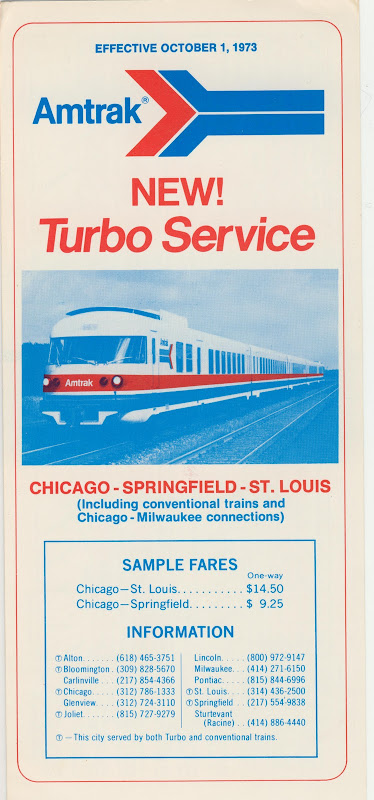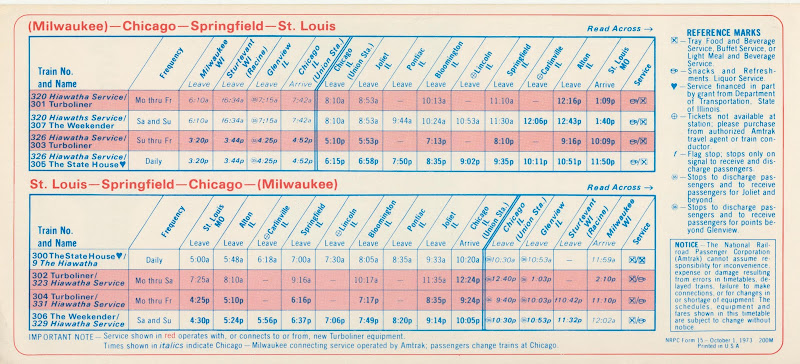jis
Permanent Way Inspector
Staff member
Administator
Moderator
AU Supporting Member
Gathering Team Member
I suspect if they are so good one will get built. Until then we'll wait and see.So go check out the publications surrounding the Jet Train. And then remember that we're a decade advanced from even that!
But don't think all of the anti-turbo guys in this forum are presenting the whole picture. It's not nearly such a closed case. I work with turbo technology every day, and it's just astounding to think how much things have advanced in the past ten or twenty years.
Mind you no one has said that technology has not advanced and no one has said that aspects of the same technology could not and has not been used to improve operation of diesel engines. The discussion was about whether the Amtrak Turbos should have been rebuilt and redeployed.
The problem there was not just that they were turbine driven. Indeed it was hard to make a case to deploy them even with a small Catepillar diesel engine. They had developed structural problems and they were extremely capacity constrained. All in all it did not make sense to spend money on them. Turbine was but one factor and not the only one.
Could you please provide some concrete citations on how the new technology improves upon the old (specially in the context of rail applications) and how, for example the issue of efficient operation at low rpm (among other things) is handled in the new technology? I am truly curious since I am always a student, but "trust me I am the expert" is not a satisfactory educational methodology.
Also would they be usable in the typical DMU setting in which oil driven engines are being used in modern rail applications, with underfloor Caterpillar or MTU diesel engines in each car, as say in the Virgin Voyagers in the UK? What are the relative energy efficiencies in such operation in frequent start stop operations? What about the relative amount of pollution NOx emission etc? What about noise pollution? Just curious and ready to learn.
Last edited by a moderator:






